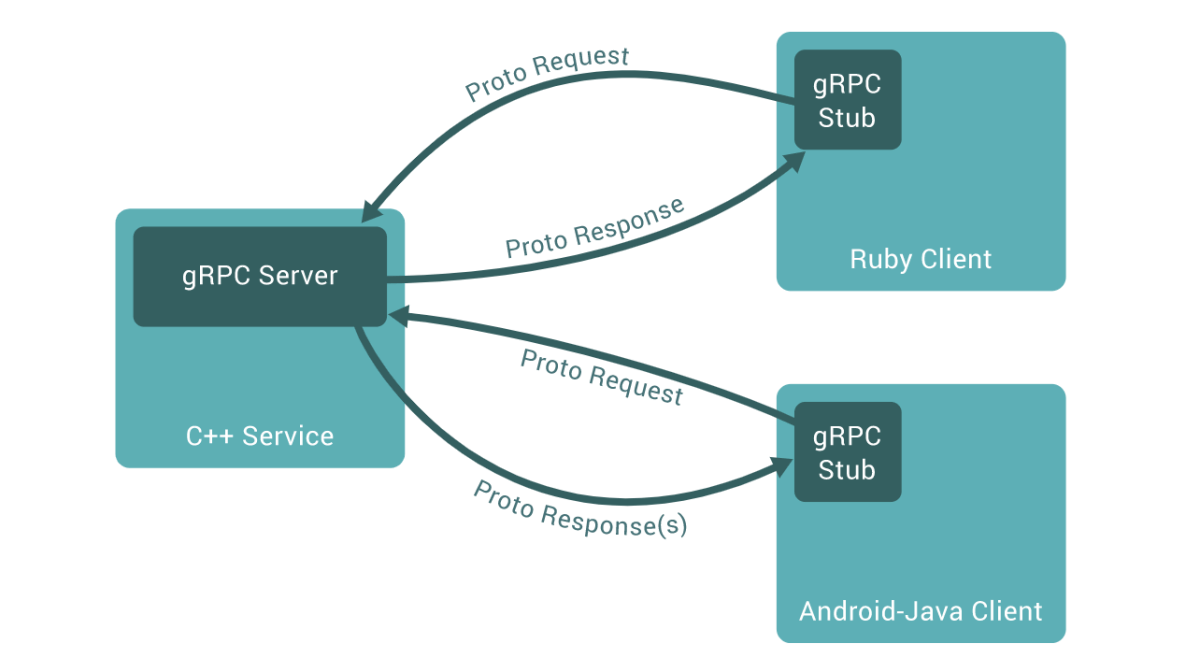
1. Introduction
Sed is a stream editor that processes content one line at a time. It can perform lot’s of operations over a file like find and replace, insertion or deletion in a linux/unix environment. In this article you will learn about SED command with some examples helpful for beginners.
2. Sed Invoke method
Sed can be invoked in two forms.
Option 1: sed [options] -f scriptfile file(s)
Option 2: sed [options] 'command' file(s)
The first option writes the command in the script. The second option is executed directly on the command line. There is no essential difference between the two.
Example (3): Print the content of test.txt
sed -n p test.txt
Description
- -n: sed will print out the text to be processed before processing a line of text, the -n parameter turns off this function
- p: command to print the current line
- test.txt: file to be processed
This instruction is equivalent to cat
3. Addressing
Input sed, the line you expect to process, represented by two parameters separated by commas. In that first parameter will be the start line number and the second parameter will be end number.
Of course, you can also use regularization to locate the desired rows.
Example (3.a): Print the Third line to last line of hello.txt
sed -n '3,$'p hello.txt
Example (3.b): Print the line that matches “hello” in test.txt
sed -n '/hello/'p hello.txt
Note: $ sign represents the last line;
4. Basic commands
The content of hello.txt is
1 2 3 4 5 6 7 8 9 10 11
Delete Command: d\
Deletes all the lines from the pattern buffer. We can also instruct to perform this operation only on certain lines.
Example (4.a) Delete the 2nd line
sed '2d' hello.txt
The output content is: 1 2 3 7 8 9 10 11
Append Command: a\
Add a line of text after the matched line
Example (4.b) Match the line of 7, and add a line “new line” after it
sed '/7/'a\ "new line" hello.txt
The output content is: 1 2 3 4 5 6 7 8 9 10 11 new line
Insert Command: i \
Add a line of text before the matching line
Example (4.c) Match “7” lines, add a line “new line” in front
sed '/7/'i\ "new line" hello.txt
The output content is: 1 2 3 4 5 6 new line 7 8 9 10 11
Change Command: c\
Replace matching lines with destination lines
Example (4.d) Match “7” lines, replace with “new line”
sed '/7/'c\ "new line" hello.txt
The output content is: 1 2 3 4 5 6 new line
Command: s
Replace matching lines
The detailed command is: s/pattern-to-find/replacement-pattern/g
- pattern-to-find: the string to be replaced
- replacement-pattern: Replace with this string
- g: Replace all, by default only replace the first match
Example (4.e) Say “7” is replaced by hello
sed 's/7/hello/g' hello.txt
The output content is: 1 2 3 4 5 6 hello 8 9 10 11
5. Standard Regular Expressions (Regex)
- (^) match the beginning of a line.
- ($) match the end of a line.
- (.) Match a character.
- [abc] matches the specified range of characters.
- [^] Negates the set of characters in the square brackets.
- [-] matches any character within the range specified in square brackets
- (*) zero or more occurrence of the preceding character.
6. Useful commands
Match the line starting with 7, replace it with true, and output
sed -n 's/^7/true/p' hello.txt
The output content is 1 2 3 4 5 6 true 8 9 10 11
Conclusion
This is a small introduction about SED and basic commands to start with your daily system administration tasks. Refer to this master guide for detailed reference. I would love to hear from you about other tips and commands which you are using on a regular basis. Feel free to comment below.





I’m often to blogging and i really appreciate your content. The article has actually peaks my interest. I’m going to bookmark your web site and maintain checking for brand spanking new information.